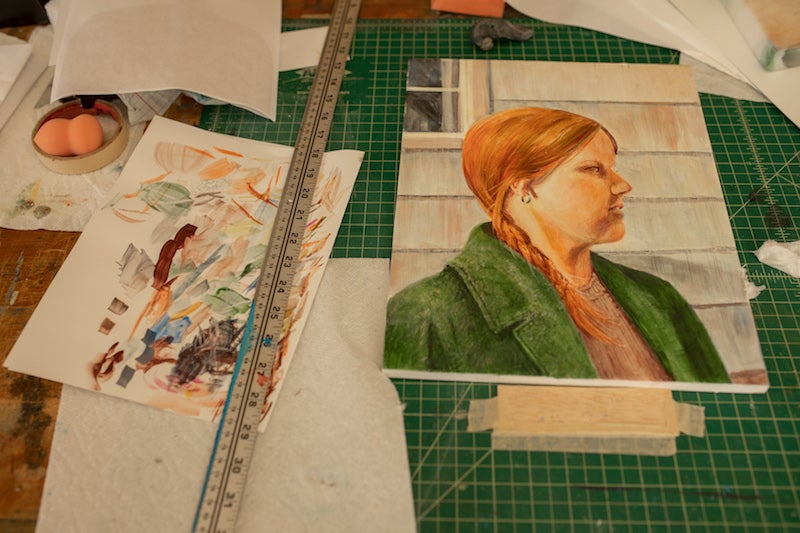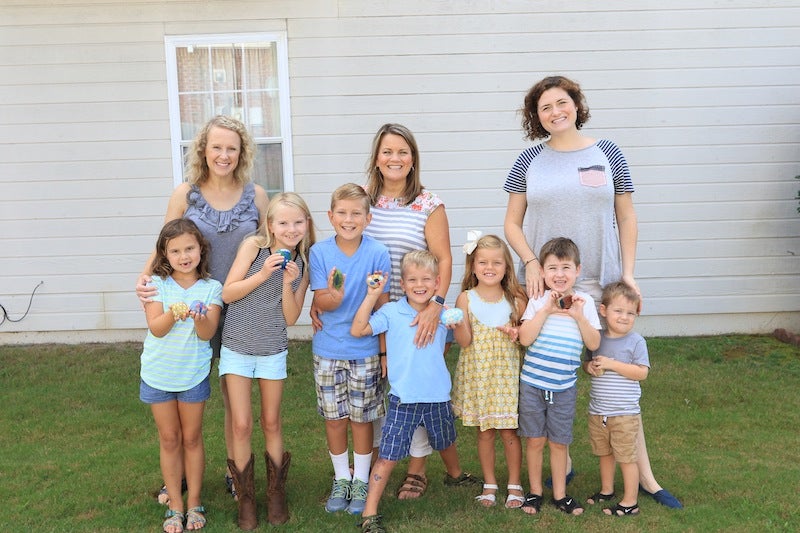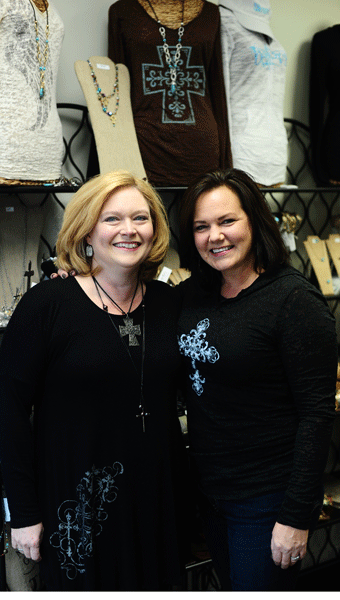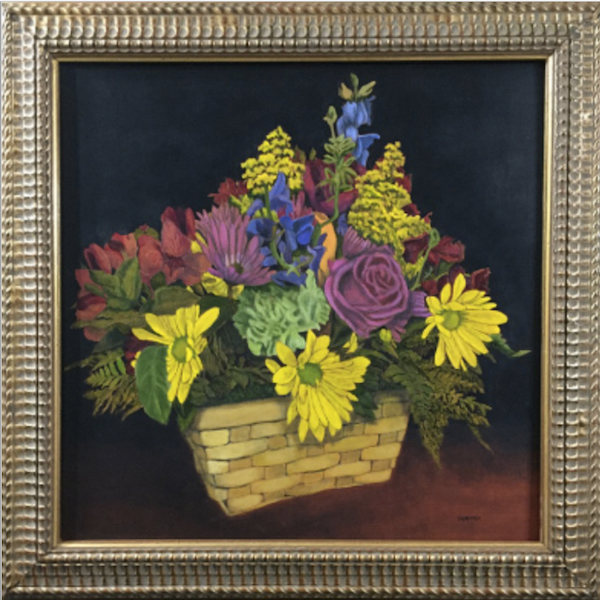Don Rankin’s paintings reveal the beauty of his surroundings—and places he remembers from bygone years.
An up-close view of Hoover’s Paradise Creek greeted Don Rankin every day in his largest art studio. He and his wife would open the windows of their home off Patton Chapel Road in warm weather, admiring the placid water of the creek just 200 feet away. It was a scene so familiar to Don that he could have painted it from its imprint on his mind, transferring the shiny surface of the water from memory to paper with stroke after stroke of his brush. The excuse to gaze at it again, though, was always hard to resist.
Don takes the same approach with the subjects of his paintings now, although much has changed in the years since his Paradise Creek musings. The loss of his wife, Geneal, to illness more than a year ago and a move across town have, understandably, ushered in a different phase of life for the Minor, Alabama native. Through it all, art remains his creative outlet—and his motivation for exploring the natural landscape, near and far away. “There’s so much in this state that’s never been touched, never been recorded,” he says. “I find places out here that are not touched, places I know.” And with that, he’s out the door.
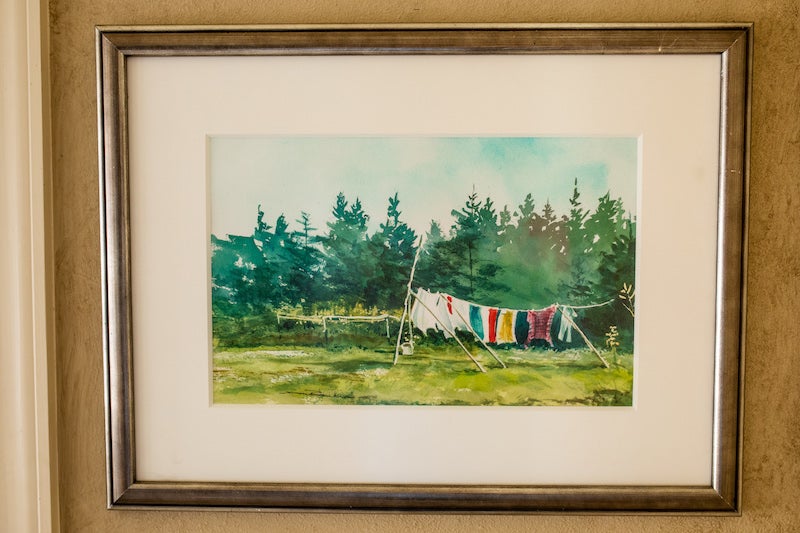
Much of what ends up in Don’s paintings nowadays comes from daily walks with Marley, his 14-year-old dog. He likes to wander, and Marley likes to sniff different places along the path. Neither are in a hurry. “I guess we’re suited for each other,” Don notes.
And when he’s not collecting ideas from a walk, he’s simply looking at natural elements around him, like the waterfall in his backyard. He paints what he sees and what he has seen, sometimes many years ago, from family trips to Massachusetts, Maine, New Jersey and Nova Scotia. “I don’t paint anything I’m not involved with somehow,” he says. “I paint a lot of memories now.”
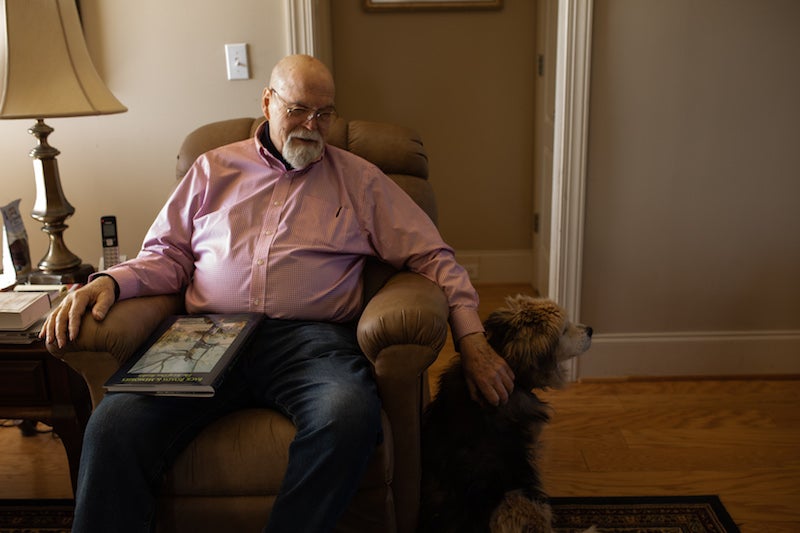
When he and Geneal were young newlyweds living in Homewood, they often took their dog Domino to West Homewood Park, and Don sometimes sketched. Even then, his eyes were trained to find special elements in nature. “It was a cold winter day, and I found this beautiful wasp nest caught up in the vines of a tree,” he recalls. “It was gorgeous.” Don freed it from the vines, brought it home and put it in the windowsill in his studio next to his drawing board.
As he was working the next day, he heard what he describes as a crunching sound. “All of a sudden, tons of wasps were coming out of nest,” he says. “They were all over my hands and all over my board. They never stung me. I opened the window and placed the nest outside on the roof, and they all flew away.” The moral of his story is “be careful what you bring into the studio.” While somewhat frightening in the moment, the incident left Don no less fascinated by the intricacy of the nest—and no less willing to recreate it in his art. “God’s creations are far beyond ours,” he says. “I just try to mimic.”
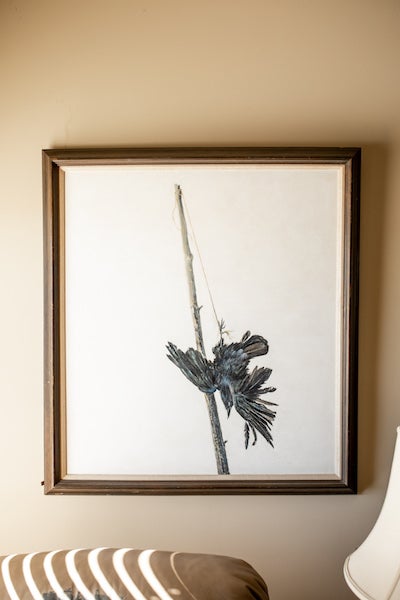
Whether in the foreground or background, art has long been a part of Don’s life. As a child, he remembers his mother giving him a stack of paper and pencil to keep him occupied in church. “They used to say I was drawing before I could write my name,” he says.
His artistic skills continued to develop, and he became one of the youngest students of the Famous Artists School in Westport, Connecticut. As an adult, Don worked at what is now Southern Living magazine. He went back to school and earned his Bachelor of Arts, and after several years working at the Birmingham News, he became an art director for retail accounts at Martin White & Mickwee Advertising Inc. From there, he went to Steiner Bressler Advertising, and in the late 1980s, he opened his own studio. Later, in the early ’90s, he began a 23-year stint at Samford University, where he taught basic design, drawing, painting and color theory. “All during that time, I was painting what I wanted to paint, and people were buying it,” he says. “Now I’m retired, and do nothing but paint. I really don’t worry about all of the other stuff.”
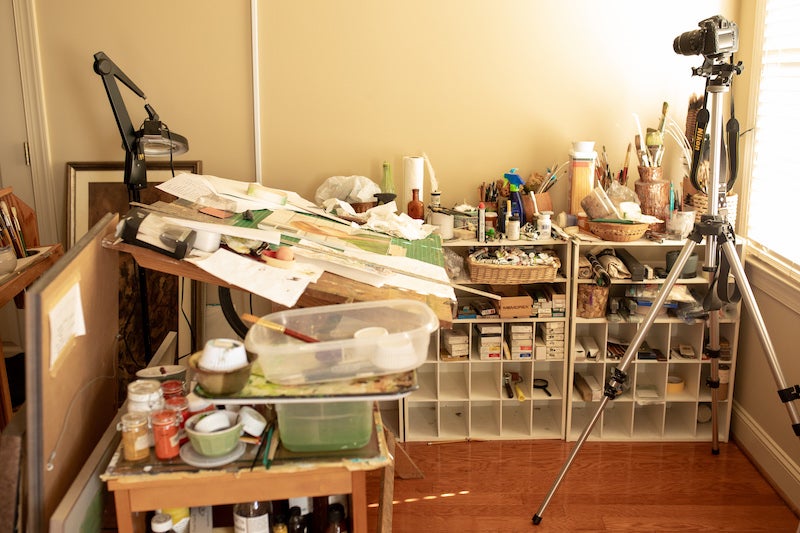
Certain people and places have influenced Don’s work over the years, including Bill Yeager, a Brandywine Artist who was owner and director of The Drawing Board School of Art. His expectations of Don sometimes exceeded Don’s confidence in himself. Don recalls a class in which he grew frustrated with his watercolor painting and began ripping it up. “I said, ‘It’s hopelessly lost,’ and he (Yeager) barked, ‘You finish it! You fight it out till the bloody end!’ I said, ‘Yes, sir,’ and I did. And it turned out better than I thought it would.”
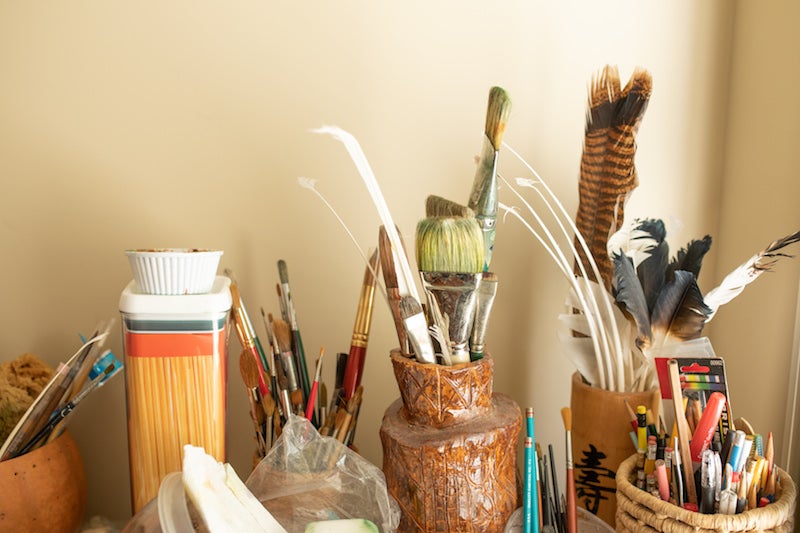
If experience is the best teacher, Don’s exposure to the arts scene in Italy in 1968 must be noted. He and Geneal, who was a French teacher at Berry High School, went with a group of students to Italy for six weeks that year. Fresh out of art school, Don was ready to “drink in the Italian Renaissance” and see original pieces in places like the Uffizi Gallery in Florence with his own eyes. It was in Italy, with his sketchbook in hand, that a well-known man named Pietro Annigoni encouraged Don to try painting with egg tempera paint. Homemade egg tempera is now Don’s paint of choice. “I started painting with egg tempera in the ’70s, and it’s still so much to learn,” he says. “That’s one of the beauties of it; you just keep figuring out new things. The best way to do it is just to get in there and do it.”
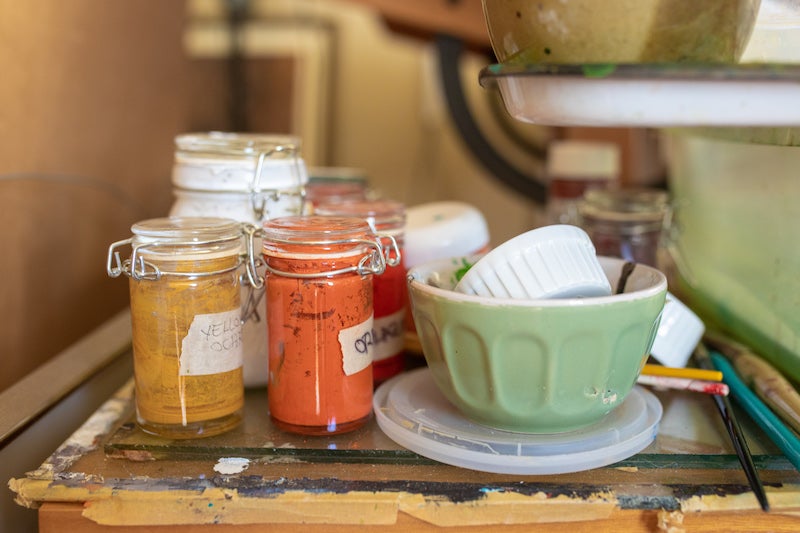
Don calls himself a purist when it comes to making his egg tempera paint. He mixes egg yolk and dry pigments ordered from several sources along with gathering some local minerals. The mixture will last up to three days under refrigeration.
More than 200 of his favorite works, along with narratives about specific pieces, are compiled in a coffee table book, Back Roads & Memories: The Art of Don Rankin, which was released in October 2019. In her foreword for the book, Barbara Moore of Barbara Moore Fine Art Gallery in Chadds Ford, Pennsylvania, describes Don as “an early entry into my book of talents to explore.”
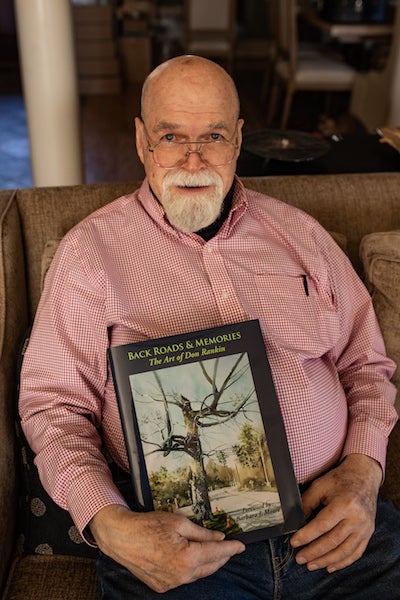
“A Southerner who had the Brandywine interests and talents—but by choice didn’t limit his work to that style—Don came with a watercolor palette of different color and range creating a wonderful glow to his subjects,” she writes. “He has produced volumes of work spanning five decades…simple, yet expressive and compelling compositions of land and water…light and shadow through a doorway or window spills through to touch a basket, cat or child, framing a part of his world.”
Don admits, albeit humbly, the book has been received well. (Amazon’s inventory of the book ran out within about a week of its release, if that’s any indication.) It’s clear he’s more focused on time spent in his studio, and—of course—on those daily walks with Marley. “My needs are met,” he says. “I paint, and I’m happy with that.”
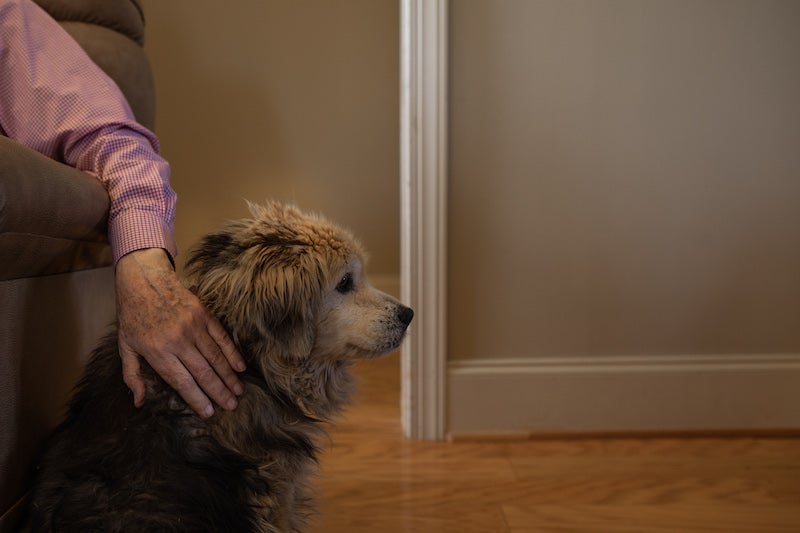
• • •
For more information about Don and his work, visit Donrankinfineart.com/about.

